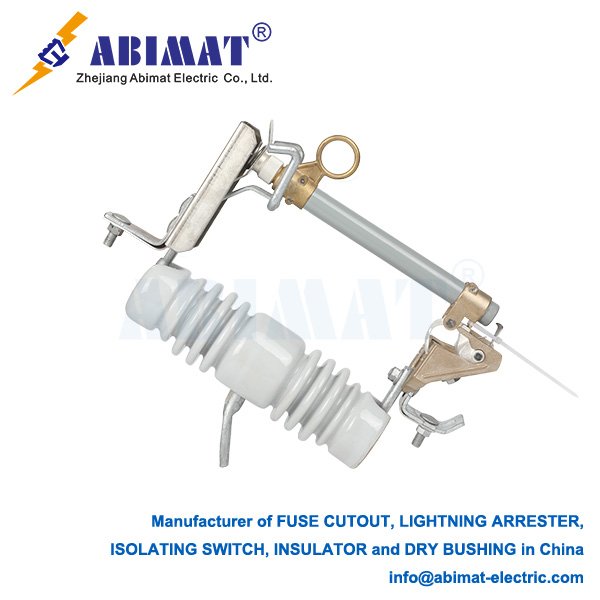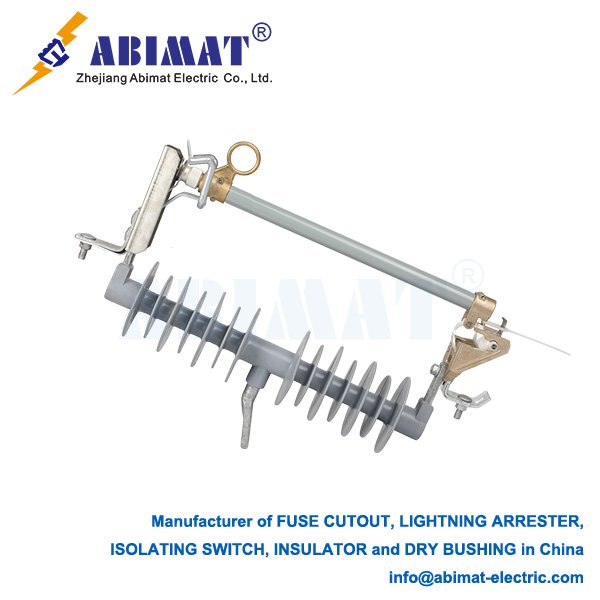Porcelain Cut-Out Fuses: Protecting Overhead Power Distribution Circuits
A porcelain cut-out fuse is a common device used to protect against too much current. It’s mostly used on overhead electrical distribution systems. It works as a fuse that can also disconnect power, and it has two important jobs. One is to safely stop fault currents. The other is to let people see that a part of the system is isolated—this is for maintenance work. You’ll usually find it protecting things like distribution transformers, taps, and laterals.
This fuse has a strong design. It uses a tough porcelain insulator. This insulator does a few things well: it handles electricity safely, supports the fuse mechanically, and doesn’t get damaged easily by the environment. The fuse’s outer case has a hinge-on fuse carrier—some people call it a “door”—and a base with electrical contacts. Inside, there’s a fuse element you can replace. It’s often a copper fuse link covered in tin. This element sits inside a tube made of fiberglass or phenolic material, and this tube can’t be reused. The tube’s inside is lined with a material that puts out electric arcs, like boric acid or something made from cellulose.

Under normal conditions, current flows through the fuse link without stopping. But if there’s too much current for a long time, or a short-circuit happens, the fuse link melts. This link is calibrated precisely, so it melts at the right time. When it melts, an electric arc starts. The arc is very hot, and that heat turns the tube’s lining into vapor. This vapor becomes high-pressure gas. The gas is pushed out along the length of the tube. This action stretches the arc, cools it down, and removes its electrical charge. The arc keeps going until it hits a natural point where the current drops to zero—then it goes out.
After the fuse works like this, the pressure inside makes the fuse carrier move. It either pivots or drops open. This movement is easy to see, so people know the fuse has blown. It also creates a physical gap of air. This gap is a key safety feature. It helps linemen follow lockout/tagout (LOTO) rules to keep themselves safe.
Abimat porcelain cut-out fuses are still a main part of protecting power distribution systems. That’s because they’re simple, reliable, durable, and don’t cost much. They work only with electricity and mechanics—no need for external power to control them. This makes them a fail-safe option. Modern electronic reclosers can control things in more advanced ways, but porcelain cut-out fuses are still valued. They have one clear job, and they’ve proven they can do it well. Standards like IEEE C37.40-40 set rules for how these fuses are designed and tested to make sure they work safely and reliably.


